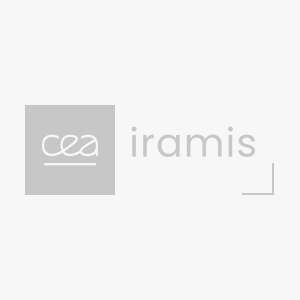Single particle analysis in water has been performed by inductively coupled plasma – mass spectrometry (ICP-MS) and results are compared with scanning electron microsopy (SEM) and single particle counting (SPC) data. The transient signal induced by the flash of ions due to the ionisation of a gold or an uranium colloid in the plasma torch can be detected and measured for selected ion masses by the mass spectrometer. The peaks of the MS signal intensity are recorded in time scan and analysed as a function of particle size or fraction of the studied element or isotope in the colloid phase. The frequency of the flashes is directly proportional to the concentration of particles in the colloidal suspension. The tests were performed on Au, UO2 and U3O8 particles. The study also discusses the detection limit in mass (0.3 fg)and in size (25 nm) for the gold colloids and describe the experimental conditions and the choice of mass to detect uranium colloids in a single particle analysis mode.
Types d’événements
Séminaire NIMBE
Claude Degueldre PSI-Villlingen (Suisse)
NIMBE Bat 127, p.26
40 places
Vidéo Projecteur
Vidéo Projecteur
April 1 2005
to 11:00




